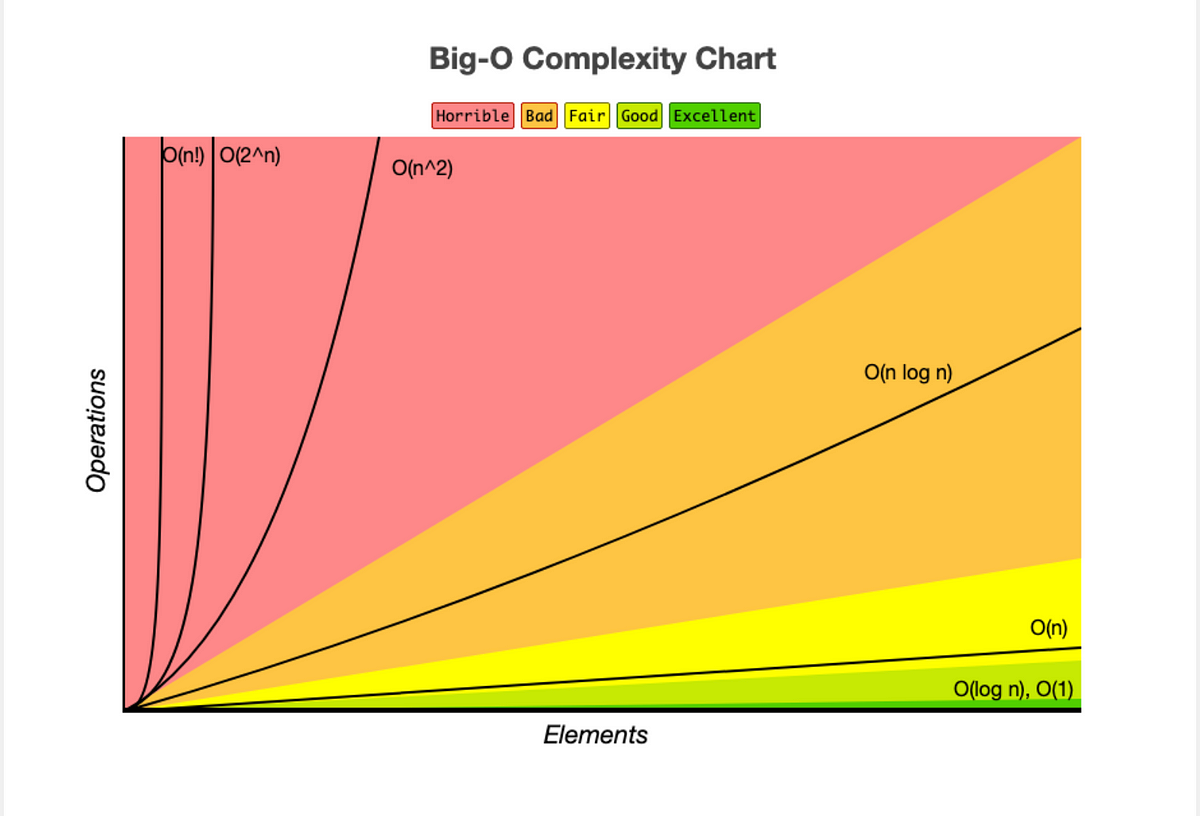iOS Dev & Swift Newsletter #1
The first month of the year is already over! In the first few weeks, there were already very interesting blog posts and YouTube videos in the world of iOS development and Swift.

iOS Development
Code styling is both a subjective and important topic. In this post, Daniel James makes many good proposals.

Watch this video if you want to know how to create the sliders of the iOS control center:
Swift
This is a short but good post about the options for adding animations to SwiftUI views:

Async/await is great, but it's even greater if you know how to combine it with the good old completion handlers:

Performance is an important topic and understanding big O notation helps you to write efficient algorithms. Additionally, it's also important to know about this topic in coding interviews.

Back in the day, there was no automatic reference counting. Today you have ARC and it's great. However, that doesn't mean you cannot make mistakes. For example, it's still possible to create a so-called retain cycle. So it's good to understand how memory management works in Swift:

Productivity and Career
We all know it - we start a shiny new project, but after a few weeks we don't work on it anymore. If you want to change that, read this post:

Everybody likes the idea of becoming an entrepreneur, but how about becoming an intrapreneur?

On ThomasHanning.com







